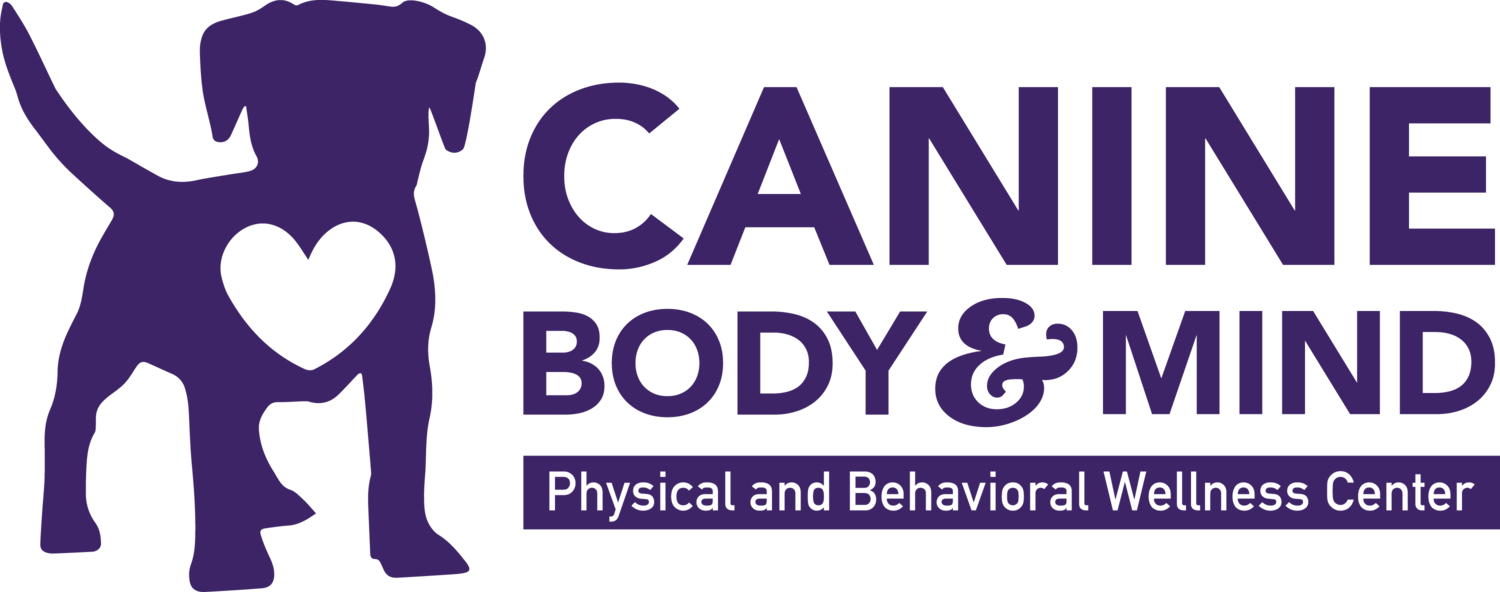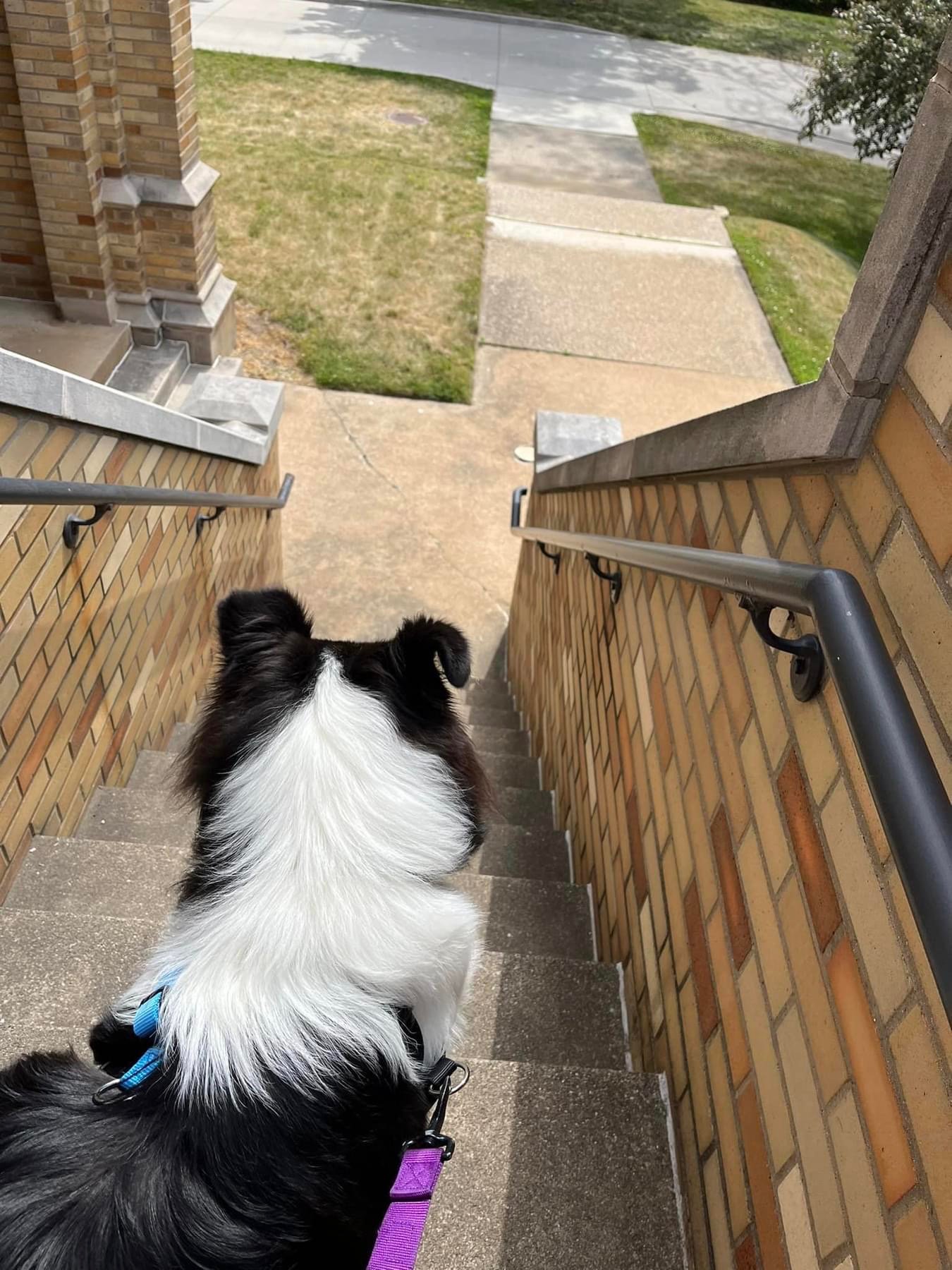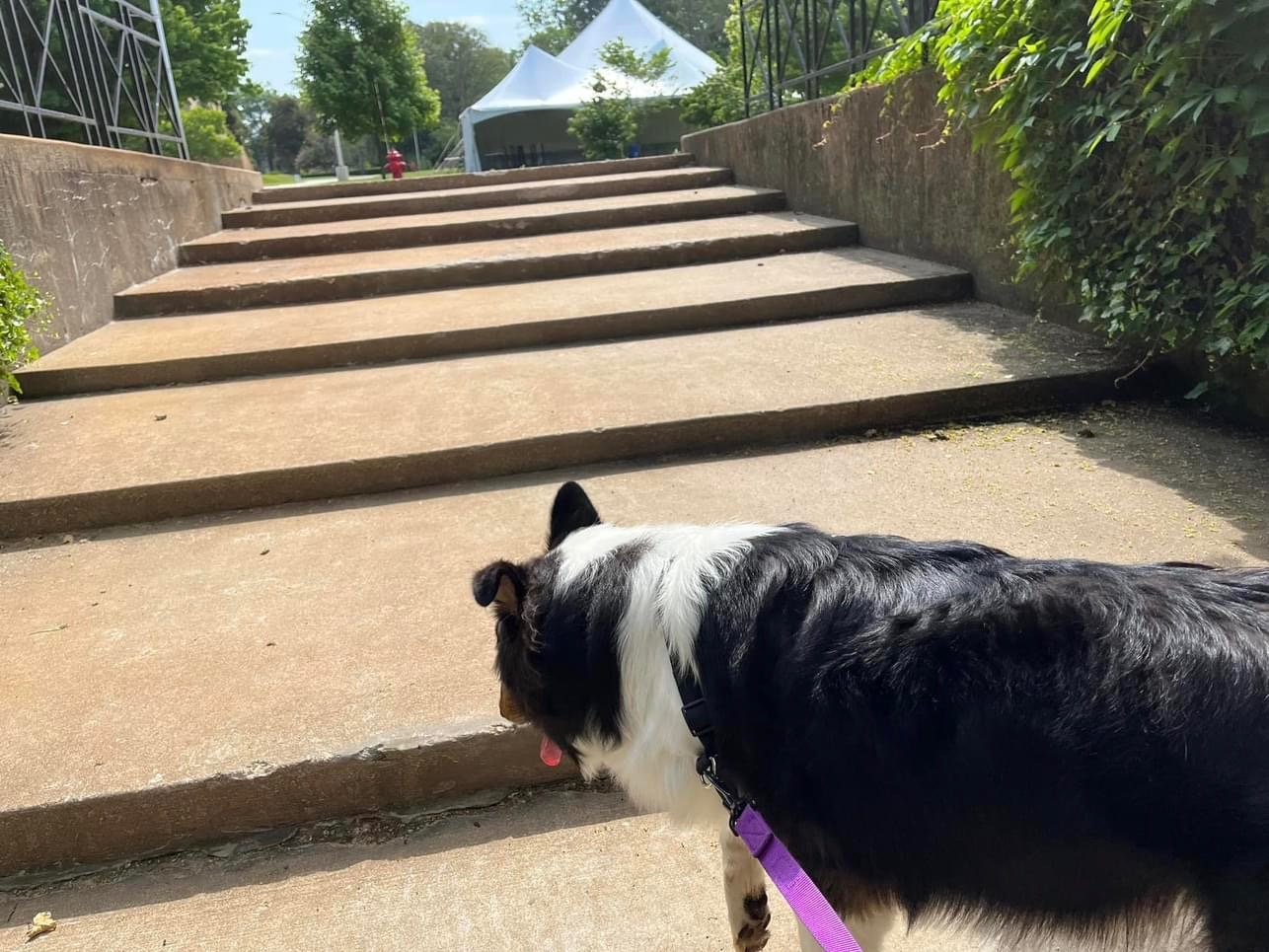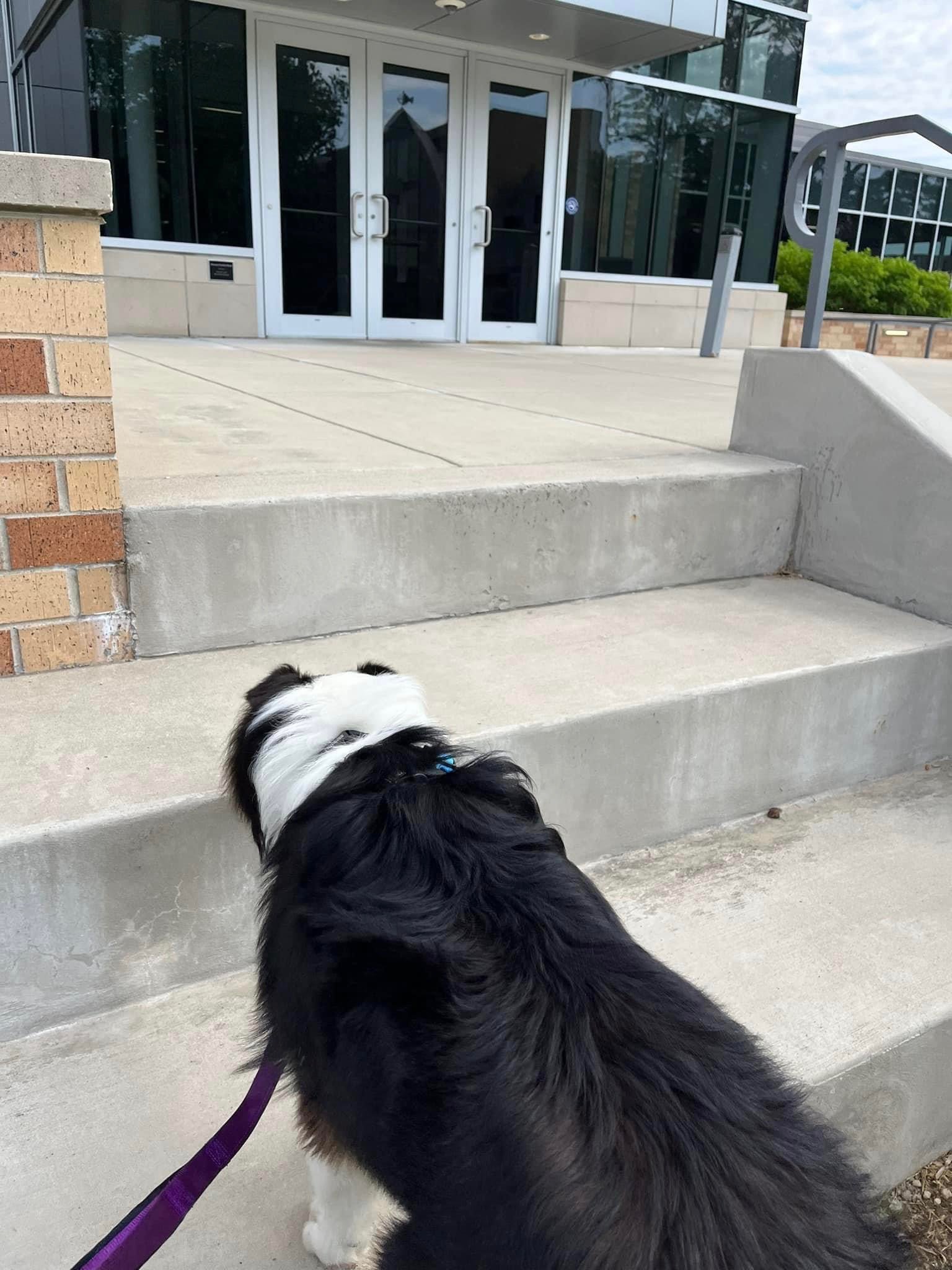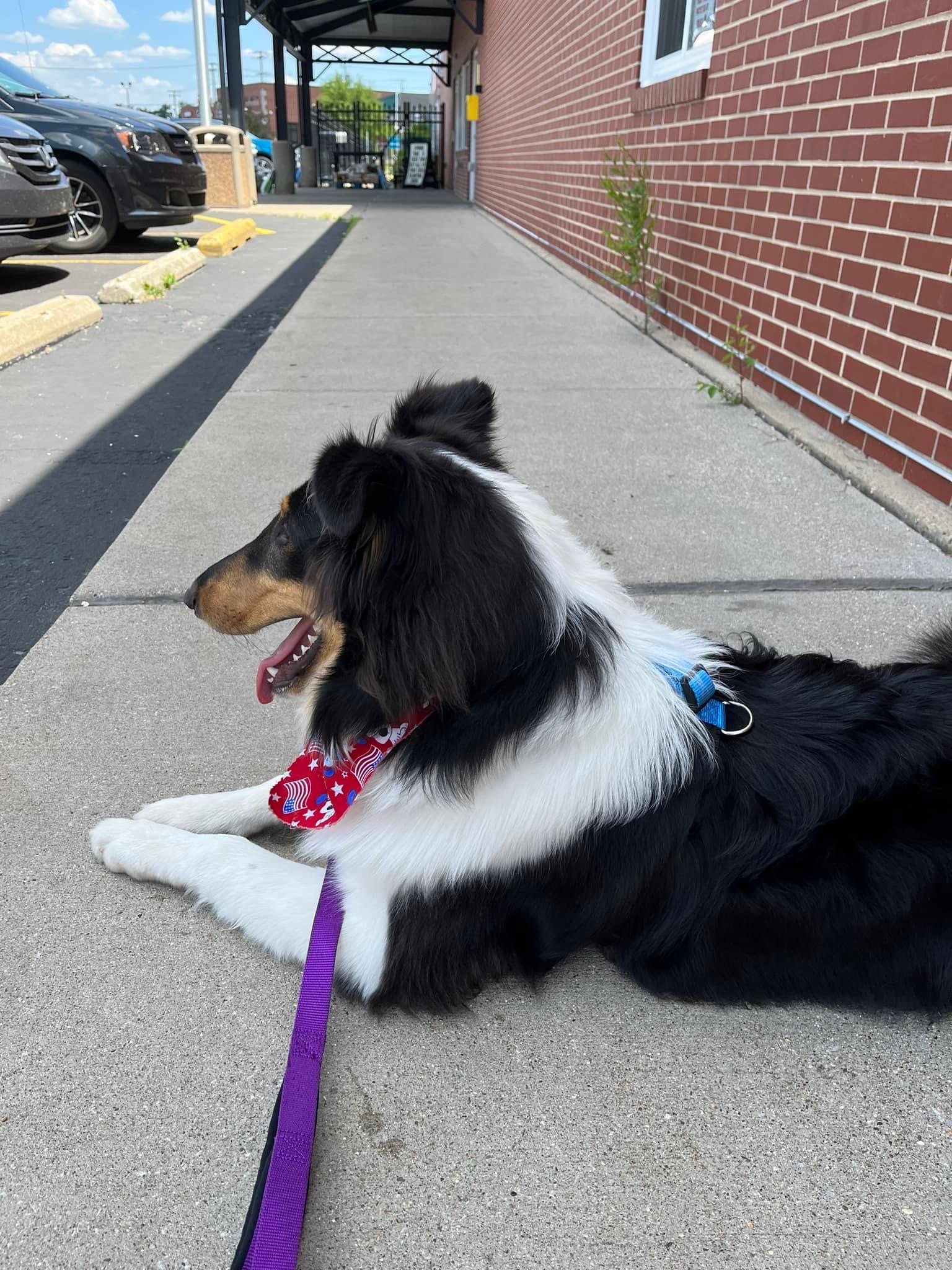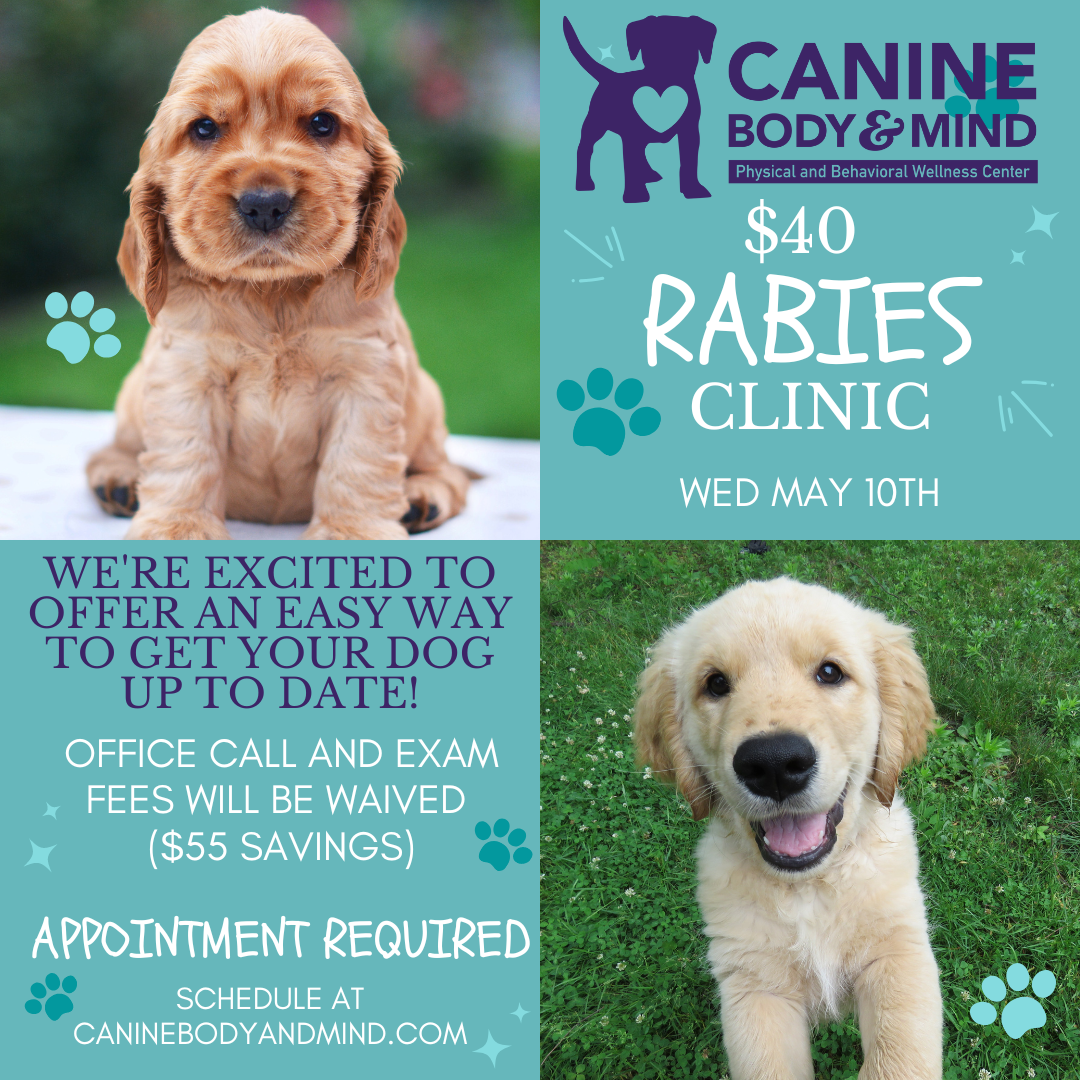Trouble Training? 4 Tips to Build Food Motivation in Dogs!
Do you have a dog that isn't very food motivated? Here are 4 tips to help build motivation for food & treats so that you can utilize them in training.
1. Know your dog's preferences.
Every dog is an individual and they each have their own likes and dislikes when it comes to food. In order to use food/treats as a training reward your dog has to like and want what you are offering. If they do not seem very food motivated it may because they just don't like what you have. In general, real meat or cheese will be considered high value but it may be worth holding a treat tournament where you pair off treats against each other to determine your dog's preferences. Check out this worksheet from Instinct Dog Behavior & Training NYC. https://www.instinctdogtraining.com/wp-content/uploads/2020/09/Instinct-Treat-Tournament-Worksheet.pdf?mc_cid=57111199b0&mc_eid=UNIQID
2. Ditch the dog bowl.
Often dogs are not motivated to take treats during training because they have free access to food at home and basically are never hungry. Start to use your dog's meal as a training opportunity. Measure out what you would normally just dump into their bowl and use that as training rewards for simple known behaviors. Many dogs are over fed so you may need to skip a meal at first to really build incentive to take the food from you.
3. Start in low distraction environments.
Many dogs who are expereincing fear, anxiety or stress will refuse food. Often people perceive that their dog is not food motivated when this happens but when their dog relaxes they start eating. One way to reduce fear, anxiety and stress during training is to minimize the distractions around the dog. Try practicing inside your home first then greadually move into new envirnments with increasingly difficult levels of distrations. Your goal in these new environments is simply to establish eating as a behavior, so don't even add the requirment of performing a specific cued behavior at first. Just see if you can get them eating because that may be hard enough!
4. Consider changing your treat delivery method.
Some dogs that are fearful/shy may be uncomfortable with hands reaching over/toward them and/or uncomfortable with a person leaning over them. Consider tossing the treats, placing them on the floor or offering them in an open palm.
Stairs Desensitization and Counter Conditioning - Take It One Step at a Time
Today we worked on stairs. Scout came from a single story home and is afraid to climb the stairs to our second floor. So we set out today in search of stairs of all types to practice. Campus provided lots of great opportunities with stairs that had different numbers of steps and various widths and heights, open and enclosed. He did really well with most of them but was hesitant with the narrow, enclosed steps (which is just like the staircase at home). He was able to have some success with them though. We will continue to work on this regularly.
Crate Training Practice
Crate training practice. Scout is hesitant to go into his crate and displayed some distress being left in it so we opened up all the doors and played with his squeaky toy in the crate for a bit. Once he was entering it comfortably he got a stuffed kong and he settled on his own to work on it. It’s tempting to shut the doors but that would just violate his trust and confidence at this stage so we will feed a few meals this way.
Puppy Socialization - A New Positive Experience Each Day
Our goal is to provide a new positive experience every day as we work on puppy socialization.
Scout loves people and gets very excited (pulling and whining) when he sees them. Too excited to try entering the store.
So today we worked on watching people enter and exit the store from a distance where he could be calm enough to take treats, orient toward me in response to his name and eventually settle in a sit or down position. We gradually worked closer to the front doors.
We strive for errorless learning in puppy and dog training. That means we only want good reps and positive experiences. Sometimes this means taking things slower so we can manage the environment and the dog’s experience. Puppy socialization does not mean forcing your dog through as many situations as possible. Bad reps or negative experiences (like allowing Scout to pull and whine in the store) actually set training back farther by allowing your dog to “practice” unwanted behaviors. By taking our time observing and responding to Scout’s behavior, we can gradually increase proximity outside so that our first step in the store will be happy and calm.
Can A Veterinarian Just Call In Meds Without Seeing My Dog?
Are you worried about not being able to get in to be seen by a vet when your dog needs it?
The veterinary industry is very overwhelmed. Help us help you by scheduling a New Patient Wellness Visit and getting your dog established with us so that you can take advantage of our TELEMED SERVICE. Once we have seen your dog for a physical exam we can call in medications for minor illnesses/injuries on a case by case basis as appropriate. That way, even if you can't be seen right away (here or elsewhere) we can at least get some treatment started. If your dog is not an established patient with us, by law, we cannot call in meds for you. PLEASE take advantage of this so that your dog can get prompt care when they need it. Even if you typically take your dog elsewhere for vet care YOU CAN BE ESTABLISHED AT MULTIPLE CLINICS. We can email records to your primary vet, if you would like, to maintain continuity of care for your dog.
You can self schedule a New Patient Wellness Visit at your convenience with the link below.
What’s an Emotional Support Animal?
An Emotional Support Animal (ESA) is one that provides a therapeutic benefit to a person with a mental health or psychiatric disability. This means, that in order for a person to legally have an Emotional Support Animal, they must first have a documented mental health or psychiatric disability by a licensed health care professional. Further, they will need signed paperwork from the health care provider stating that they have a disability-related need for an animal, and that the presence of the animal is, in fact, part of the patient’s treatment plan.
Emotional Support Animals are not the same thing as Service Dogs. According to the Americans With Disabilities Act , service animals are “dogs that are individually trained to do work or perform tasks for people with disabilities.” Due to the high degree of training that these dog’s receive they are permitted to accompany their owner anywhere in public. Emotional Support Animals are only allowed in public spaces that permit pets, as they are not required to have any formal training.
Emotional Support Animals are granted certain permissions under federal law with regards to housing. The Fair Housing Act protects Emotional Support Animals from discrimination and can provide for tenants to house the ESA in places with “no pets” policies. The landlord may request a copy of the ESA letter from the health care provider.
In December 2020, the United States Department of Transportation (DOT) revised the Air Carrier Access Act (ACAA) ruling that airlines may recognize and accommodate emotional support animals as pets. This means that Emotional Support Animals may no longer be afforded any special considerations when traveling.
Finally, not all dogs are cut out to be Emotional Support Animals. If your dog is dealing with their own fears or anxieties they are not likely to be a good candidate for the job. If you plan to have the dog accompany you to public places (that permit pets) then you want to be sure that your dog is actually comfortable being in public around strangers and other dogs. Further, we strongly recommend that they undergo basic training so that they are able to be polite and comfortably under your control when out and about. Having to deal with an untrained and unruly dog in public is a big stresser in and of itself, and it stands to reason that this would defeat the purpose of having an Emotional Support Animal. As such, we highly recommend that you get your dog trained and certified as an AKC Canine Good Citizen. This is a service that we offer and can be self scheduled on our website.
How Do I Stop My Dog From Jumping?
Do you have a dog that just loves people and can’t help but jump all over them during greetings? This is a super common problem behavior in dogs. It can certainly be frustrating and lead to a lot of yelling at the dog. With any behavior problem it is important to prevent the unwanted behavior and teach new replacement behaviors instead. Here are some tips for doing just that.
Avoid Accidental Reinforcement
Jumping is an attention seeking behavior so at a minimum, when your dog jumps you should ignore them. Do not talk to them, look at them or touch them as any of these can be reinforcing for an attention seeking behavior. Even negative attention such as telling the dog “no, bad dog” or trying to push them off of you can be reinforcing enough to some individuals to perpetuate the behavior. Step away and turn away. When they are standing with four feet on the floor or have offered a sit or down then you need to be sure to reward them with your attention and petting for doing the right thing. Pet calmly with one hand and keep it brief initially.
Anticipate and Prevent
If you can anticipate that your dog is going to jump on someone then you need to be managing the situation to prevent that scenario from playing out. Otherwise you are essentially setting your dog up to fail. It is really important to prevent your dog from rehearsing jumping behavior. The more they practice this behavior the more patterned it becomes. Keep your dog on leash when around guests so that you can prevent them from rushing up and practicing jumping. You can keep them back away from the person until they are calm and you are ready to train.
When you are ready to have your dog greet someone, do so on leash and place treats on the floor in front of the person as they greet your dog. You can either scatter a handful of treats for your dog to forage for or place them on the ground one at a time in rapid succession. Feeding the dog from the floor will keep them oriented toward the ground and less inclined to jump. After your dog has finished the treats, move them away from the person. In this way you have facilitated a greeting in which the dog did not rehearse jumping.
Teach a Positive Interrupter
A positive interrupter or attention noise, is a sound that is used to interrupt an unwanted behavior without the fear or intimidation that can come from yelling "no" or "eh, eh" or "bad dog". The goal is for the dog to turn to the handler (and ideally offer eye contact) when they hear the attention noise (kissing sound, whistle, "pup, pup").
Once the dog has been taught to offer attention when they hear the attention noise, you can use it if they start to jump up as a way to interrupt the jumping and get them down without yelling.
Play the Red Light, Green Light Game
Often fast movement is very exciting to dogs and can cause dogs to start jumping. The Red Light, Green Light game is a great game for teaching your dog to transition from being very excited to being calm and is a great exercise to work on if you have children in the house or who visit regularly.
Move a few steps quickly and then stand still and ask for, or wait for your dog to offer, a sit. As soon as he/she does, mark ('yes") and reward. As he/she gets better, start to increase the criteria by only marking and rewarding when he/she offers the sit WITHOUT jumping first. If he/she does jump, do not reward, just try again. If he/she jumps twice in a row, make your movement less exciting the next time.
Make sure that you don't get your dog too excited at first so that you can get lots of successful repetitions where they do not jump in the first place.
Practice Polite Greetings
Teach your dog what you would like them to do instead of jumping when greeting a person.
If your dog likes to jump on you, reward your dog for standing with four feet on the floor (or for offering a sit) when the dog approaches you.
When someone is approaching you and your dog, pay your dog with a treat as often as you have to to keep them in a sit (or at least with four feet on the floor) and as infrequently as you can get away with. Hide the treat hand between rewards.
Tethered Greeting Game
This is a great way to start to get the dog to think about what they should do on their own, without instruction from you. It also allows you to transition from using food rewards to using petting/attention as the reward and eliminates the need to micromanage your dog every moment of the interaction.
To play the game you will need to tether your dog to a door knob or sturdy piece of furniture. You then approach the dog and pet them only if they are standing with four feet on the floor or have offered a sit or down. If they try to jump, you step out of leash range and walk away. Through this game they are learning that if they want you to come near they have to offer a calm behavior and if they jump you leave.
If you need help with jumping, I recommend taking our Solve It: Jumping class. This is a 30 minute, single event group class where you can practice these skills under the supervision and instruction of a trainer. You can sign up from the Schedule or Register page or use the button below.
$40 Rabies Vaccine Clinic May 10, 2023
To help protect your dog and our community, Canine Body and Mind is hosting a $40 Rabies Vaccine Clinic May 10, 2023 at our canine veterinary clinic in Granger, Indiana.
In keeping with our low-stress approach to veterinary care, our $40 Rabies Vaccine Clinic is for dogs and by appointment only (no walk-ins).
According to the AVMA, “Rabies remains a major concern worldwide, killing tens of thousands of people every year. In the United States, it's not unusual for one to two people to die annually. Among animals, there were nearly 4,500 reported cases of rabies in the U.S. in 2020.”
The good news? The AVMA says rabies is 100% preventable. So what should you do? Vaccinate your dogs and keep them away from wildlife that can spread the disease.
Primary rabies prevention efforts in the US “impact over 4 million bite victims annually and are estimated to prevent more than $1 billion in healthcare-associated costs.” Do your part to keep our communities safe from rabies. Get your dog vaccinated at our $40 Rabies Clinic on May 10.
Learn more from Journal of the American Veterinary Medical Association - JAVMA “Rabies surveillance in the United States during 2021”
3 Tips for Getting Your Dog Into the Car
Dogs can sometimes be nervous or afraid of car rides but there are 3 important things you can do to prevent or reduce their uncertainty.
Make sure that car rides are fun! If every car trip ends at the vet’s office or groomer’s then it is understandable that your dog may be reluctant to go on car rides. The majority of your dog’s rides should end somewhere fun, such as the park, pet store, beach, a friend’s house, drive through, etc so that they associate going for a ride with a fun destination. You can also routinely provide a bully stick or puzzle toy to your dog when they are in the car to make going for a ride a predictably wonderful experience.
Teach your dog to hand target. The goal of this behavior is for your dog to touch their nose to your extended hand on cue. This is a very useful behavior for helping fearful dogs become more comfortable approaching the car. Once your dog knows the hand target behavior reliably you can practice near the vehicle. Present your hand, cue “touch”, mark (click or say “yes”) when your dog’s nose touches your hand then toss a treat away from the vehicle to reward the correct behavior and reset for the next repetition. Tossing the treat away from the vehicle takes some pressure off of the dog and allows them to eat their treat at a comfortable distance. You should vary your proximity to the car with each repetition, gradually working closer to the car. I recommend working in sets of 5 reps and taking a short mental break between sets for praise, petting or sniffing. As your dog’s confidence grows you can place your hand against the floorboard so that the dog is essentially targeting the side of the vehicle.
Teach your dog “Up” and “Off”. The goal of this behavior is for the dog to jump up onto a platform or object on cue and then jump off of the platform on cue. If this skill is in your dog’s repertoire, then you can use it to cue them “up” into the car. The first time you do this I recommend opening up all of the doors so that the vehicle feels less confining. It may help to have a family member standing on the other side of the car in the open doorway to encourage the dog in. Sometimes it helps if you get into the car and cue the dog “up” to join you. If at first your dog is only willing to put their front paws up in the car you can still mark and reward for that approximation. Remember to cue “off” and toss the rewards onto the ground outside of the car after each rep. When your dog finally decides to jump all the way into the car you should mark, jackpot reward with several treats, and shower them with praise. Then cue them “off”, toss a treat on the ground and do it again!
Taking a little bit of time to make a positive association with car rides and to teach approaching the car and getting in and out as a behavior can help your driving buddy feel comfortable and confident.
